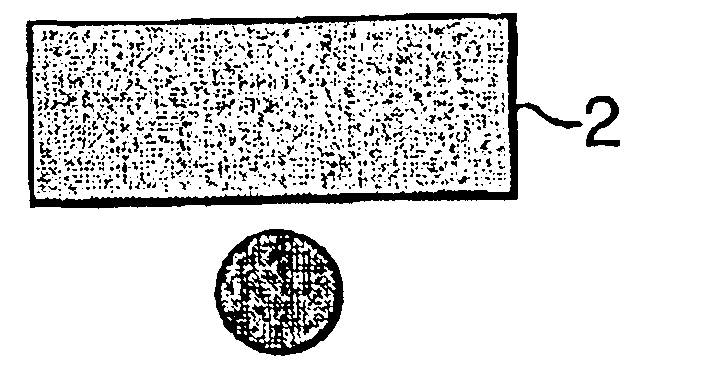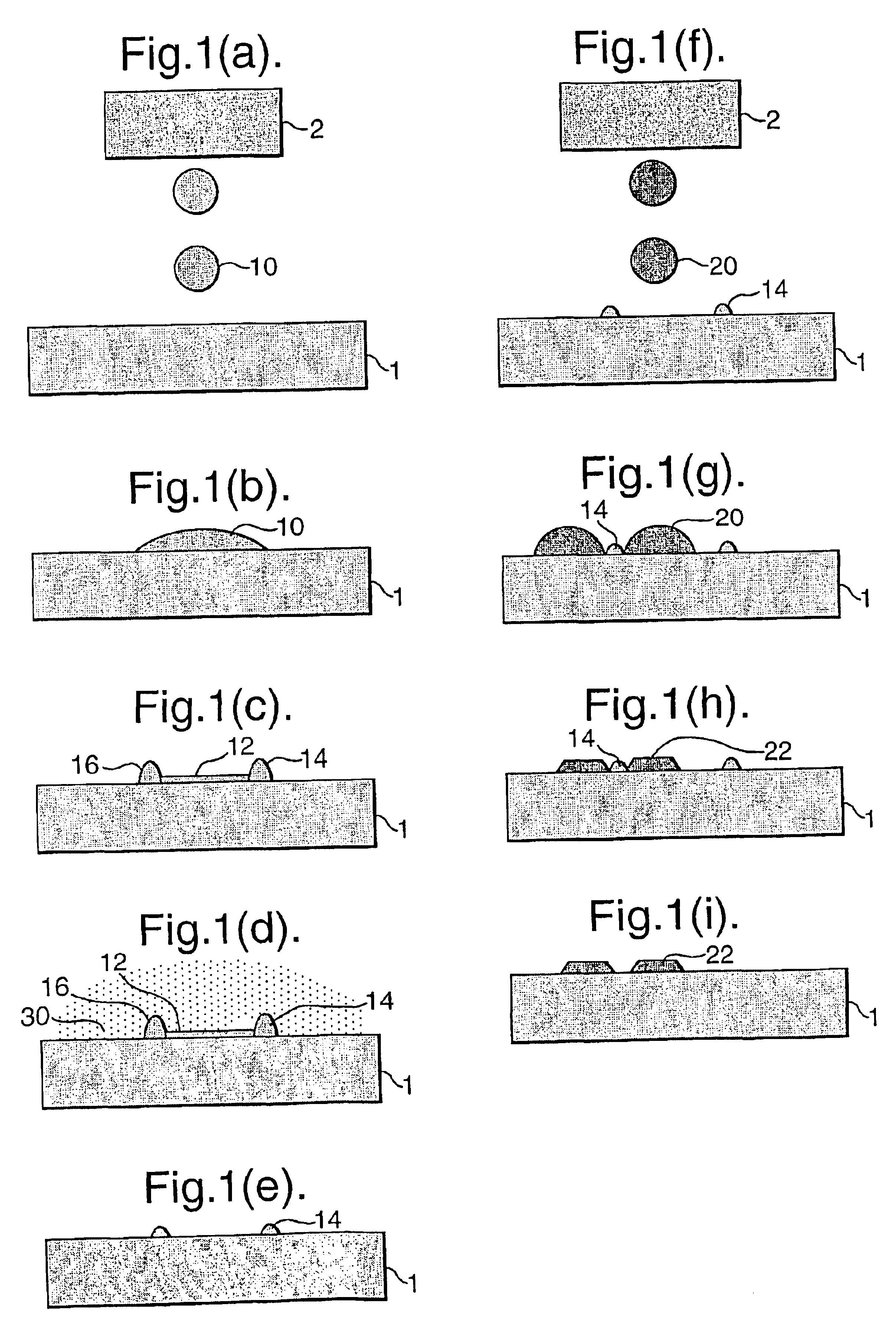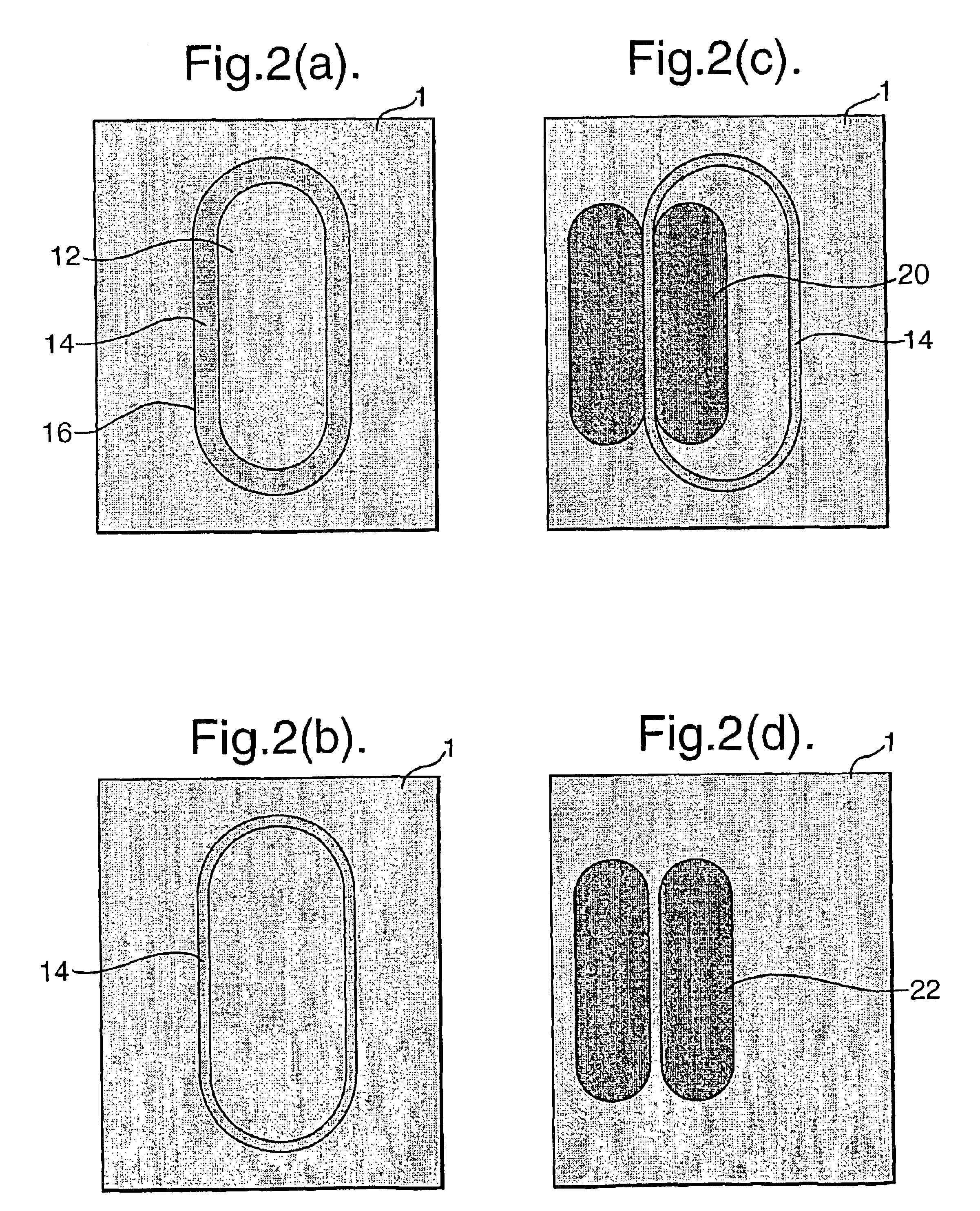Method of patterning a substrate
a substrate and patterning technology, applied in non-linear optics, instruments, optics, etc., can solve the problems of reducing the accuracy of registration, and increasing the process cost of lithography, so as to achieve the effect of reducing the number of steps, increasing the process cost, and reducing the sensitivity of the method
- Summary
- Abstract
- Description
- Claims
- Application Information
AI Technical Summary
Benefits of technology
Problems solved by technology
Method used
Image
Examples
Embodiment Construction
IG. 10 shows a method of fabricating a plurality of thin film transistors in accordance with the present invention;
[0029]FIG. 11 shows a block diagram of an electro-optical device;
[0030]FIG. 12 shows a schematic view of a mobile personal computer incorporating a display and other devices fabricated in accordance with the present invention;
[0031]FIG. 13 shows a schematic view of a mobile telephone incorporating a display and other devices fabricated in accordance with the present invention; and
[0032]FIG. 14 shows a schematic view of a digital camera incorporating a display and other devices fabricated in accordance with the present invention.
DETAILED DESCRIPTION OF EXEMPLARY EMBODIMENTS
[0033]The present invention provides a high-resolution patterning technique that does not require photolithography or similar processes. Briefly, in one aspect of the present invention pre-patterning is formed with a first material, which is deposited on a substrate in the form of droplets of a solutio...
PUM
 Login to View More
Login to View More Abstract
Description
Claims
Application Information
 Login to View More
Login to View More - R&D
- Intellectual Property
- Life Sciences
- Materials
- Tech Scout
- Unparalleled Data Quality
- Higher Quality Content
- 60% Fewer Hallucinations
Browse by: Latest US Patents, China's latest patents, Technical Efficacy Thesaurus, Application Domain, Technology Topic, Popular Technical Reports.
© 2025 PatSnap. All rights reserved.Legal|Privacy policy|Modern Slavery Act Transparency Statement|Sitemap|About US| Contact US: help@patsnap.com



